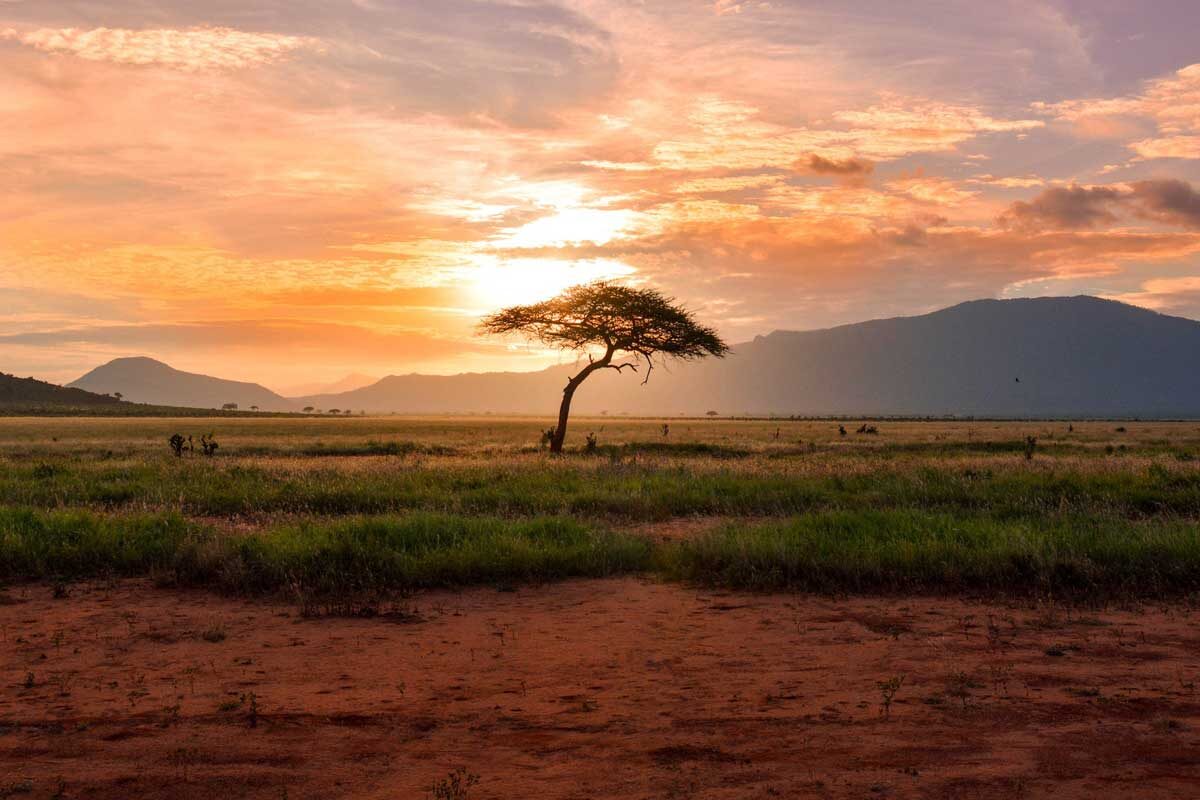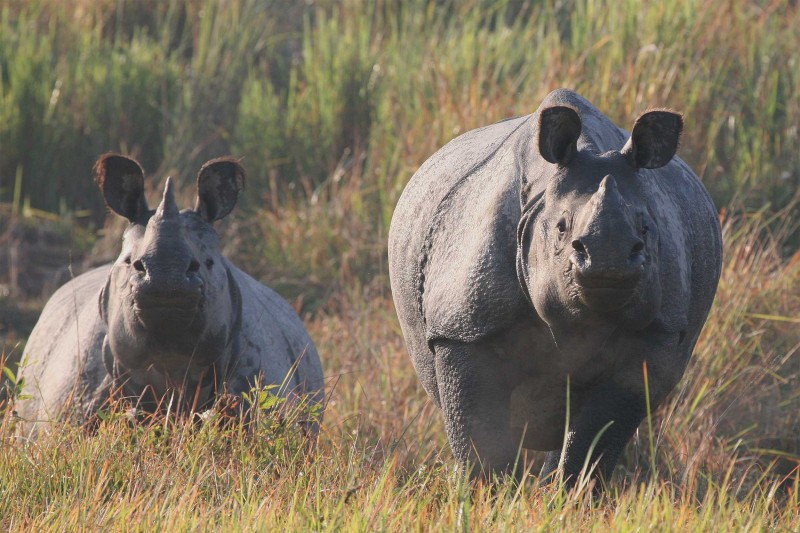Although better known for its cultural treasures, India is also of immense interest from a natural history viewpoint. The Subcontinent’s tropical location, varied topography and position astride the wet monsoon winds have resulted in all of sixteen different forest types.
Within the forests and on the grassy plains there is an extremely rich and varied fauna, although today much survives only in restricted reserves. As one investigates the wonderful panoply of India’s wildlife, it is clear the Indian Subcontinent did indeed break away from Africa (then part of Gondwanaland) on its slow collision course with Eurasia (which formed the mighty Himalaya).
It is revealing to learn that India has elephant, leopard, lion, hyena, antelope, rhinoceros, caracal, jackal, and had, until its recent extinction, cheetah. These “African” species have combined with many, such as the mighty tiger and cunning red fox, which migrated from Eurasia over the millennia, giving rise to a remarkable breadth of natural history to rival the world’s best wildlife destinations.


































